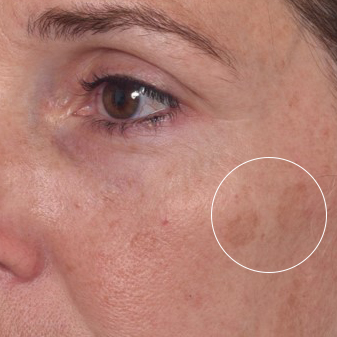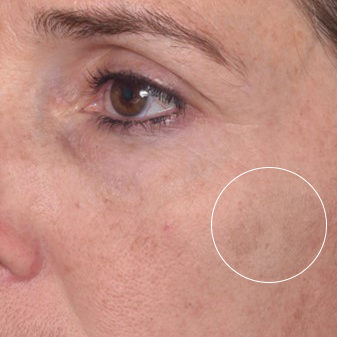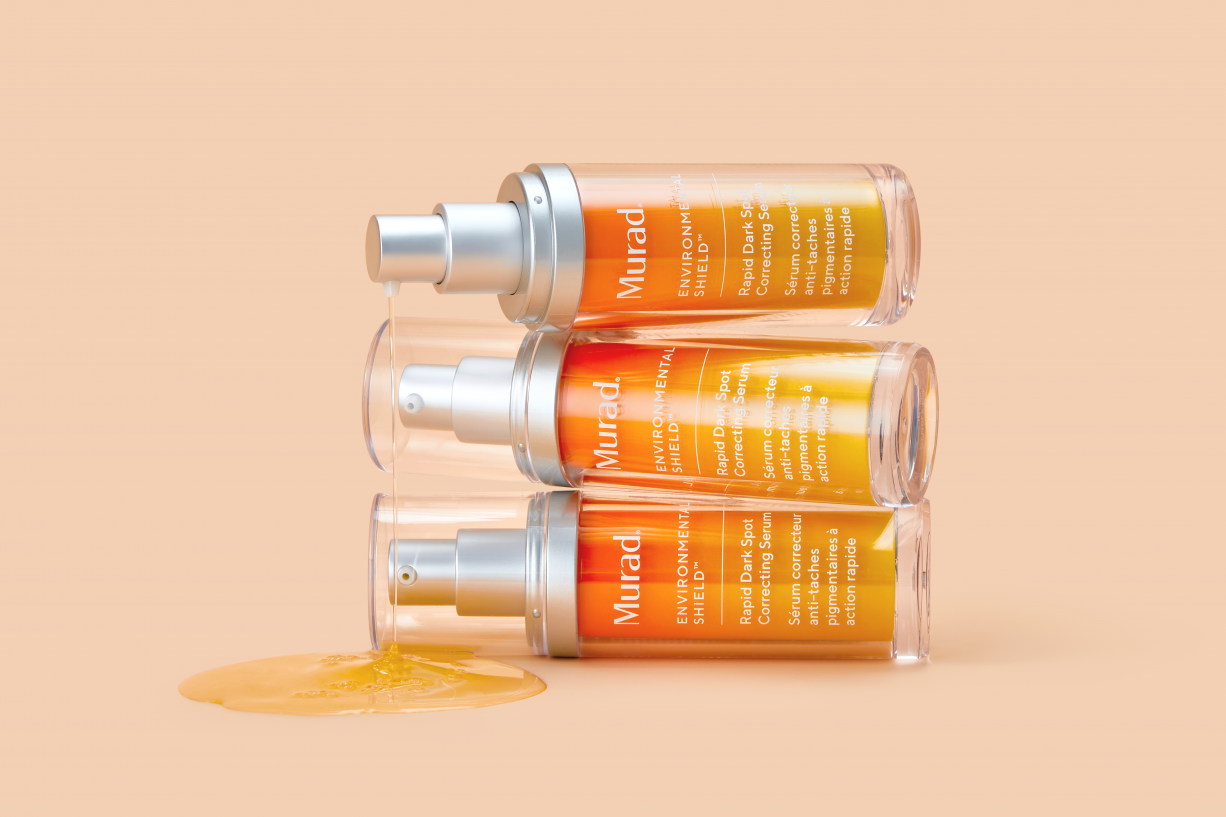A Safe and Effective Pigmentation Alternative to Hydroquinone
We know that hydroquinone is the most effective ingredient for removing pigmentation through topical application. However, we also know that it doesn’t come without its downsides. It cannot be used over long periods of time, and is advised to be ceased after 3 months of daily application due to the risk of developing onycholysis; a severe pigmentary condition resulting in deep brown or black patches in the treated area/s.
While we have an abundance of excellent ingredients at our disposal for combatting pigment, including melasma, fast-acting, safe non-prescription alternatives to hydroquinone are limited. However, there’s growing research into an ingredient that may just change that - and that’s resorcinol.
Resorcinol, a 1,3-isomer of benzenediol, has only been used in cosmetic formulations from 2018 onwards. Human clinical trials over an 8 week period suggest that resorcinol could provide significant reduction not just in spot colour and global skin tone, but skin roughness and wrinkle depth. These outcomes demonstrate improvements either on par or superior to hydroquinone use. Outcomes can be improved even more significantly when used in combination with niacinamide and/or retinol derivatives. Additional peer-reviewed studies can be found referencing the potential superiority of resorcinol over pigment inhibitors such as arbutin, kojic acid, and hydroquinone.
 |
 |
In terms of the mechanisms of action, resorcinol inhibits both tyrosinase and tyrosinase-related protein-1. We know that pigment-inhibiting cosmetic formulations can target one (or multiple) of several pathways during melanogenesis. Hydroquinone, azelaic acid, resorcinol and arbutin target the rate-limiting step during melanin production. Kojic acid and vitamin C derivatives, when they interact with copper, inhibit tyrosinase activity. Retinoids and glucosamine inhibit tyrosinase transcription. Results can be elevated further when combined with epidermal turnover-stimulating ingredients (like glycolic acid, vitamin C etc) and a melanosome transfer inhibitor like niacinamide.Another benefit of resorcinol is that it has been shown to be quite well tolerated. In contrast, outcomes such as redness, itchiness, dryness and irritation from hydroquinone use have been reported in fairly high incidence. These outcomes and the risk of onycholysis may be why it is no longer available in cosmetic formulations in some countries. While it is still a safe compound to use under the expert guidance of a dermatologist, patient non-compliance can result in some serious outcomes.
This new field of research surrounding safer and more effective methods of pigmentation removal is certainly an exciting one for our industry. Paving the way in this field is Murad, who have been conducting extensive research and clinical trials into resorcinol for the past several years in order to discover how best to optimise its formulation. The result is their new Rapid Dark Spot Correcting Serum. Heroing resorcinol, this serum can produce a reduction in pigmentation in just two weeks. Their patented resorcinol derivative has been combined with glycolic acid, Hexapeptide-2, and tranexamic acid to powerfully lighten dark spots and improve global skin tone and clarity, balanced with soothing and hydrating glycerin, urea, allantoin, and Zinc Gluconate.
To find out more or request information regarding clinical trials and outcomes, contact the murad team here.



